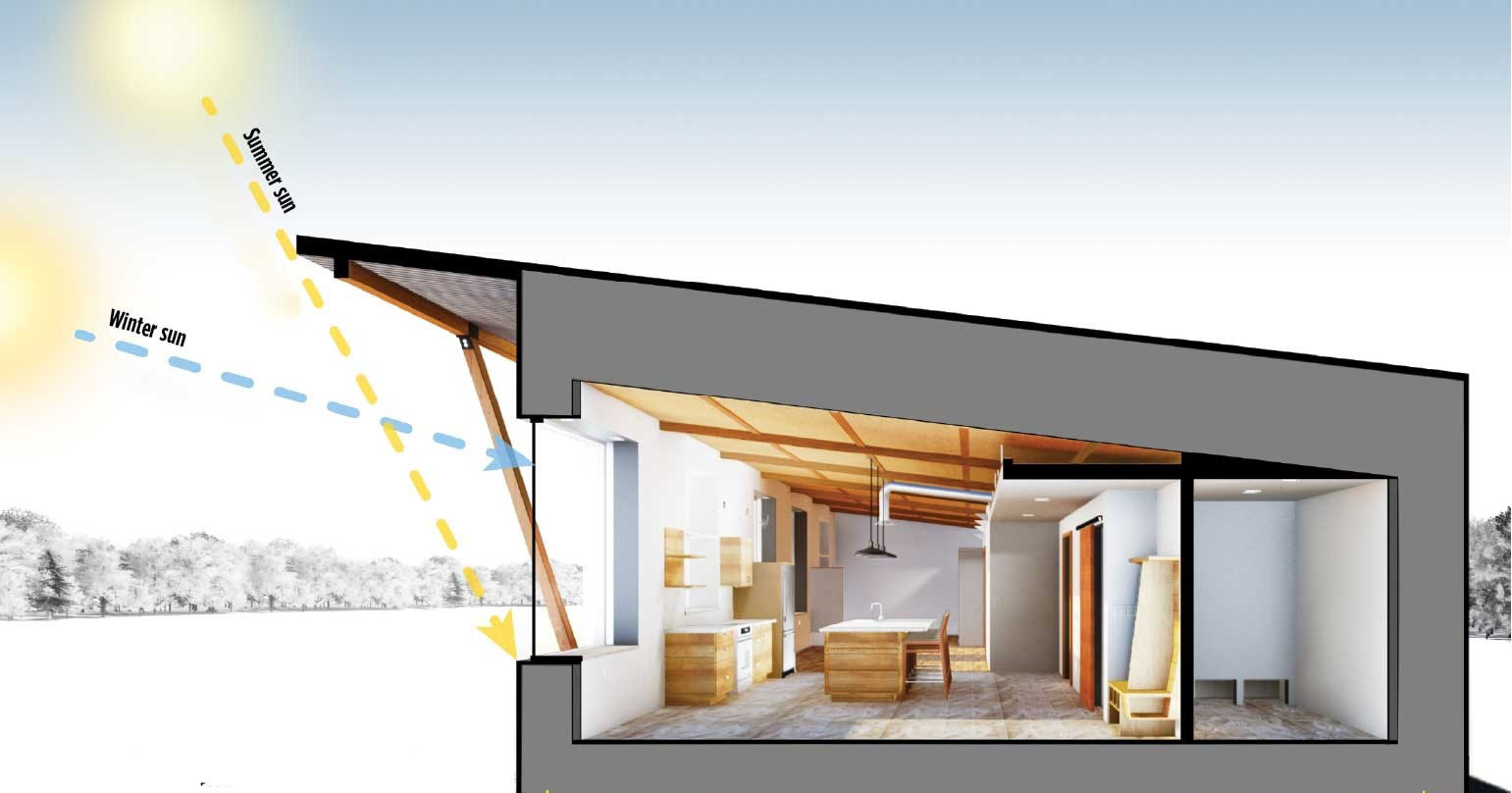Building for the Future: Energy Efficiency in Modern Homes

The Future of Homebuilding: Comfort, Savings, and Sustainability
From insulation to solar orientation, energy efficiency is no longer a luxury—it’s the new standard for responsible building.
Building a home today means more than just creating a beautiful living space—it means designing for the future. Energy efficiency is at the heart of that vision. Smarter building strategies not only reduce long-term operating costs but also shrink environmental impact, ensuring homes remain sustainable for generations.
Modern Insulation Systems
Traditional insulation methods are quickly being replaced with advanced systems like Structural Insulated Panels (SIPs) and Insulated Concrete Forms (ICFs). These high-performance materials create tighter building envelopes that minimize heat loss in winter and heat gain in summer, reducing the need for constant heating and cooling. In Europe, where energy costs are significantly higher, these systems are already common practice—proof of their long-term value.
Passive Solar Orientation
The way a home is oriented on its site can make a huge difference in energy demand. South-facing windows (in the Northern Hemisphere) capture natural heat in cooler months, while deep overhangs and shading minimize excess heat in summer. Scandinavian countries have long used passive solar design as a standard, not an option, in residential construction—showing how thoughtful orientation can reduce energy use without adding cost.
Natural Ventilation
Harnessing natural breezes through cross-ventilation reduces reliance on mechanical cooling systems. Design choices such as strategically placed operable windows, vented clerestories, and open floor plans can make a home feel comfortable year-round. Mediterranean regions, where summers are hot and air conditioning is less common, rely heavily on these techniques—an approach we can adapt to our climates in the U.S.
Renewable Energy Integration
Solar panels are becoming increasingly affordable and efficient, making renewable energy a practical choice for more households. Europe has been ahead of the U.S. in adopting not only solar but also geothermal and district heating systems. As utility costs continue to rise, integrating renewable systems into residential construction here is one of the best ways to future-proof homes and communities.
Reducing Costs and Environmental Footprints
Energy-efficient design is not about following a trend—it’s about building responsibly. Advanced insulation, smart orientation, natural airflow, and renewable energy all work together to reduce monthly expenses while minimizing environmental impact. The result is a home that is more comfortable, more resilient, and more in harmony with its surroundings.
Closing Thoughts
Progressive countries around the world have shown us what’s possible with energy-efficient building. At JA Development Group, we believe it’s time to bring the same forward-thinking strategies to our communities—designing homes that don’t just look good today but remain sustainable, affordable, and responsible for decades to come.

